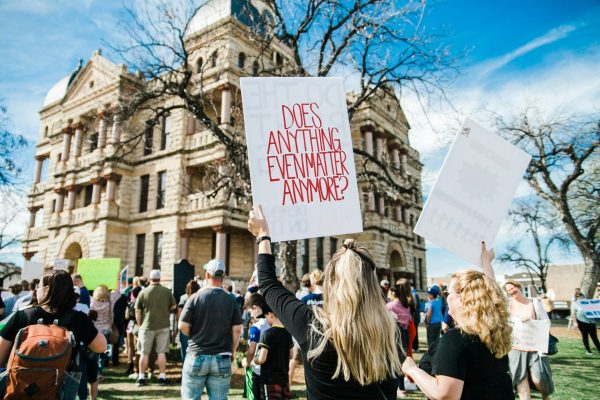Defining the Afrotype
November 2, 2018
To be a person of color is to be in recognition or in admiration of one’s unique cultural and racial differences. Rather it be ambiguity in their appearances or variation in skin complexion, a person of color is someone that belongs to a minority group that portrays a strong sense of identity and pride in their ethnic background.
Within each continent exists an afro-type community that is both a member of the Afro diaspora and shares strong racial heritage to African descent. In the identification of the afro-type, one can speculate that Afro heritage exists only within external characteristics. However, stereotypes associated with what is expected for black to look like is limited to those who are unable to grasp the international dominance that black influence has in art and human expression.
As dominant as the afro-type community is in international influence, the Afro diaspora is expansive in the racial makeup of most countries. In studies of densely populated countries, it can be understood that members of a state community will vary in ethnic makeup and heritage.
The presence of the afro-type exists virtually within each part of the world. Each country, not including populations that have been consistent in having a monoculture society, contains a black population. If not a black population, then a minority group that resembles the Afro struggle as a consequence of a colonial-inspired, government-operated institution.
An example can be taken from the nation-state of Brazil; within the country exists a predominate Afro-infused population. Brazilians, not only in phenotype but a cultural expression, have strong ties to the African continent. Despite what is depicted in the media, Afro Brazilians make up a large majority of Brazil’s rural and urban regions. Yet, they are poorly mistreated by the Brazilian government. In being a government primarily made up of an afro-type, the Afro Brazilian community undergoes forms of oppressive attacks by colonial inspired regimes.
Another example can be taken from Italy and their native inhabitants being of Northern African and Arab descent. The Maghrebis are an indigenous ethnic community of Italy that is one of many minority groups within Italy’s population.
Another Afrotype community that exists in minority struggle are the Aboriginal peoples of Australia. In the experience of battling an oppressive government, the Aboriginal community has been placed in socio-economic sanctions. As consequence, they undergo a similar experience as the afro-type community does within colonial inspired governments. In knowledge and likeness of its presence, the migration of the earliest African can be traced within all parts of the world. Aboriginals included, the entire continent of Africa as well as parts of Europe, South America, Asia and North America, have been consistent in presence of the Afro-diaspora.
As hinted through reference, the Afro diaspora is the inclusion of each Afrotype that exists. Knowledge of its presence is to be informed of its importance. Knowledge of the afro types’ identities creates a stronger sense of understanding the Afro-diaspora.







